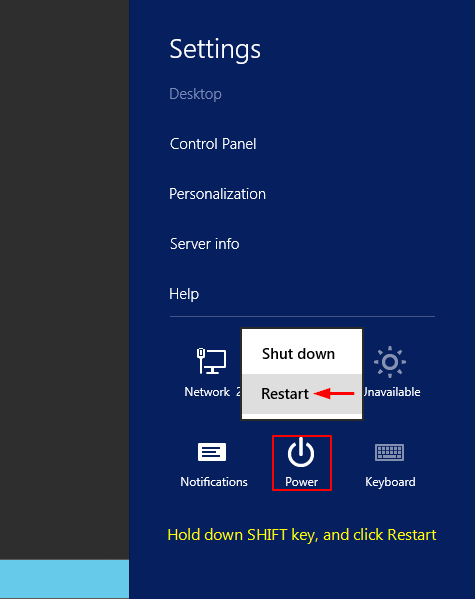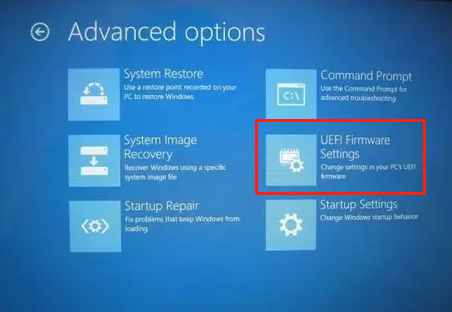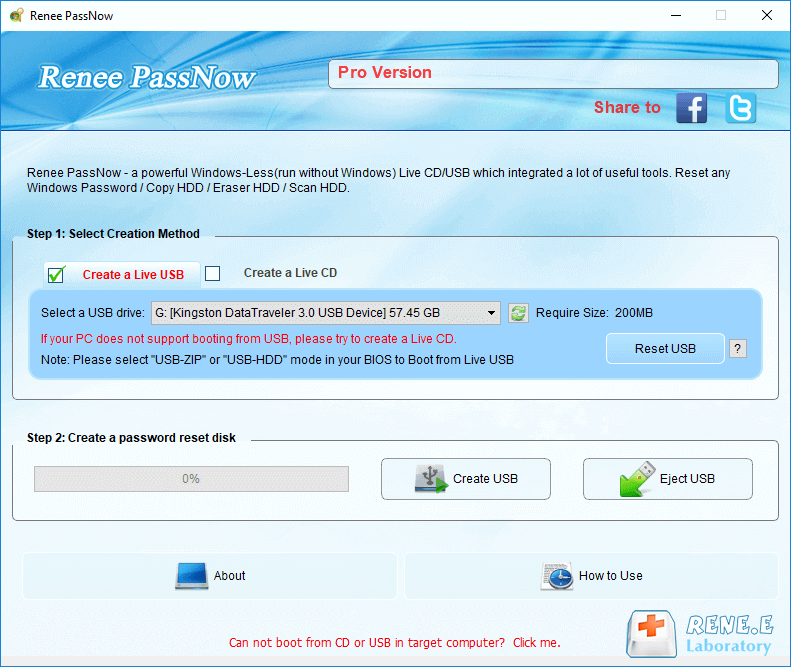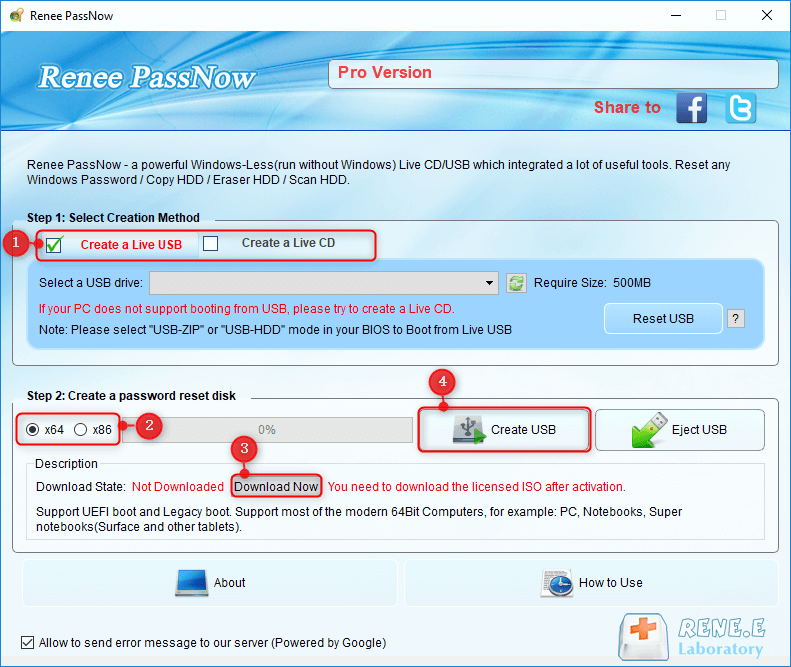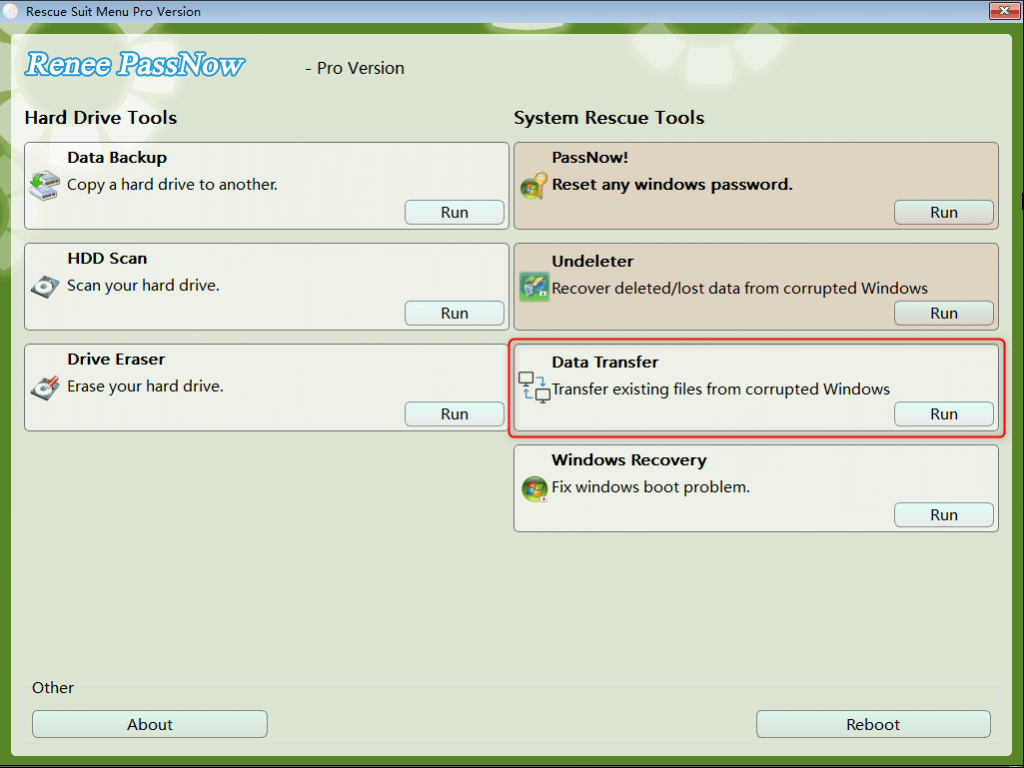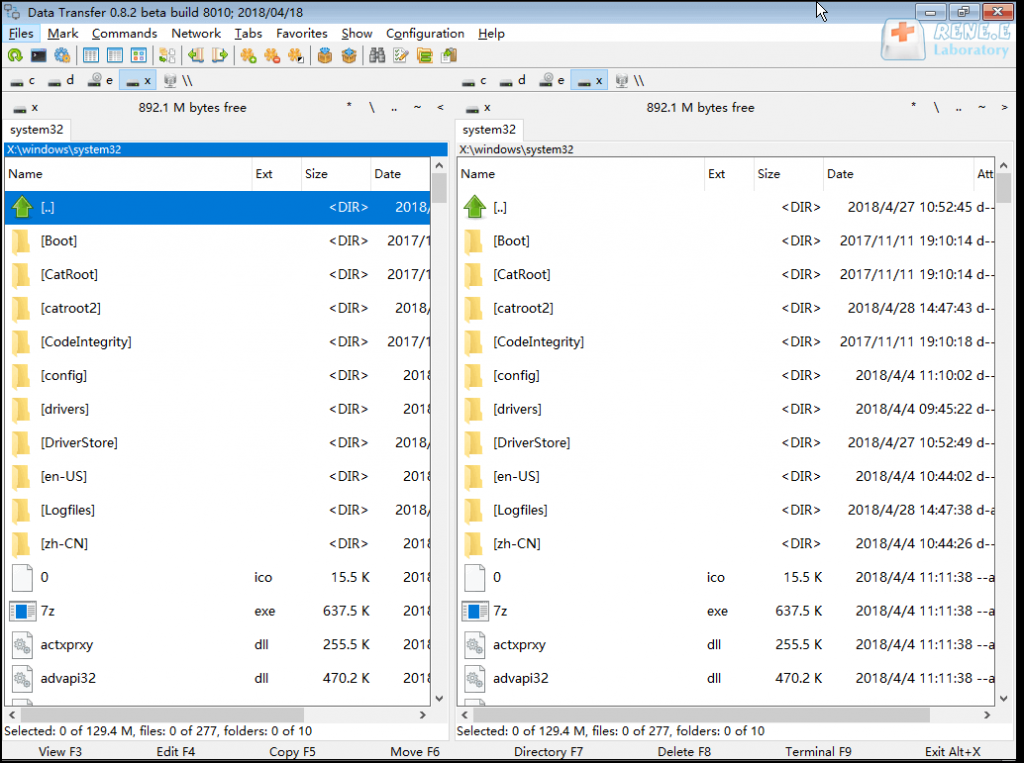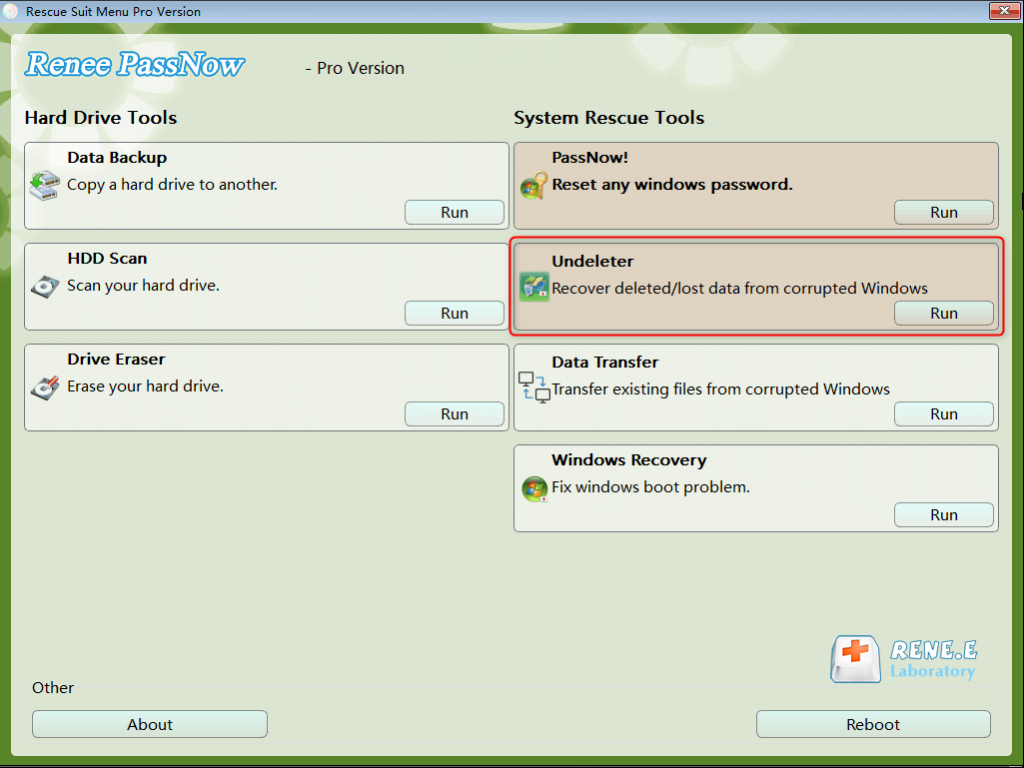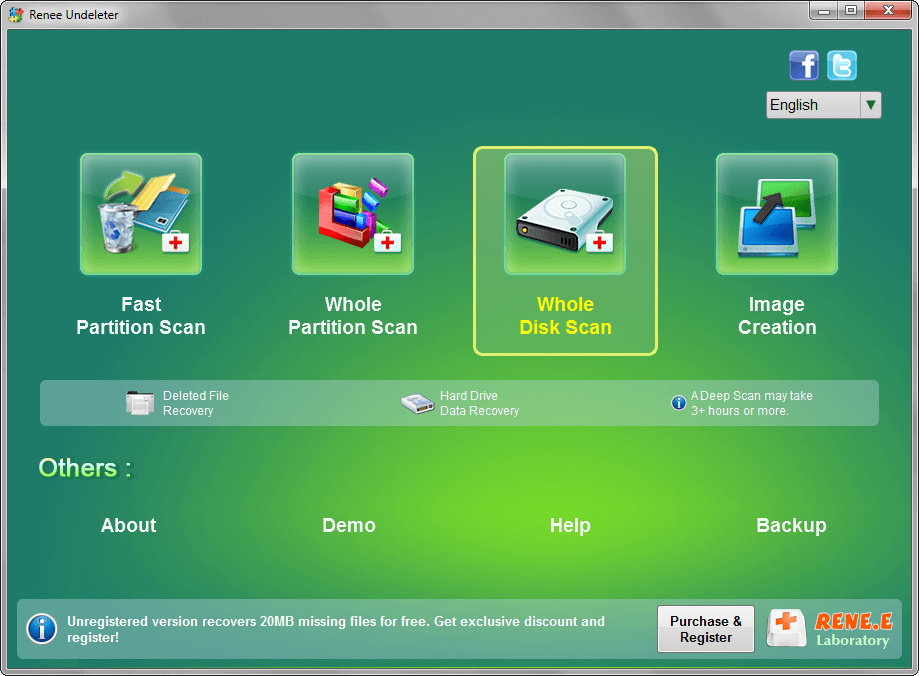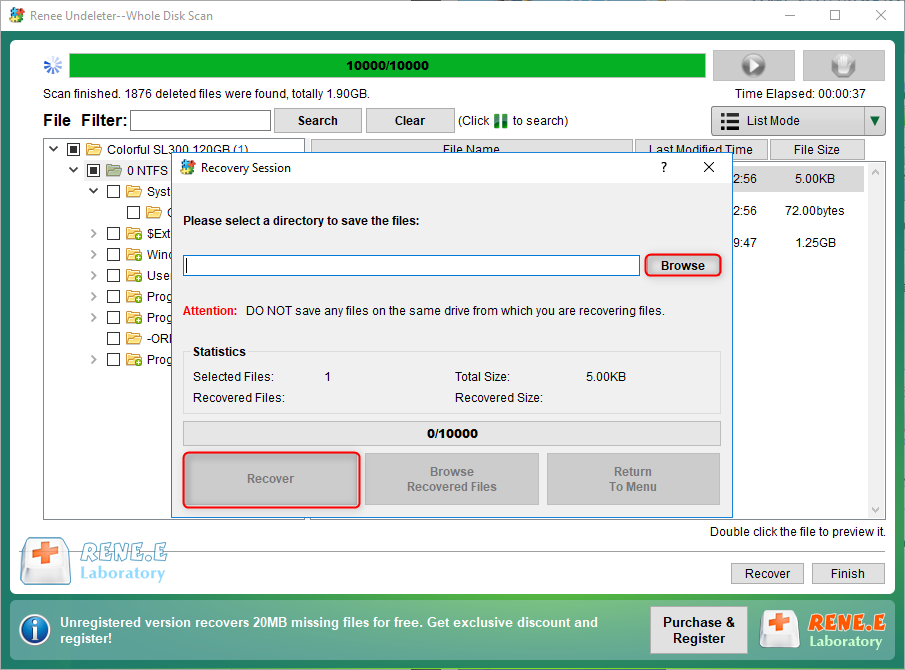How to Reset BIOS and Unlock Your Device?
- Home
- Support
- Tips System Rescue
- How to Reset BIOS and Unlock Your Device?
Summary
Reset the BIOS to regain access or restore previous settings. Learn how to reset BIOS in this article. Plus, recover data when your computer fails to start Windows normally.
Table of contents
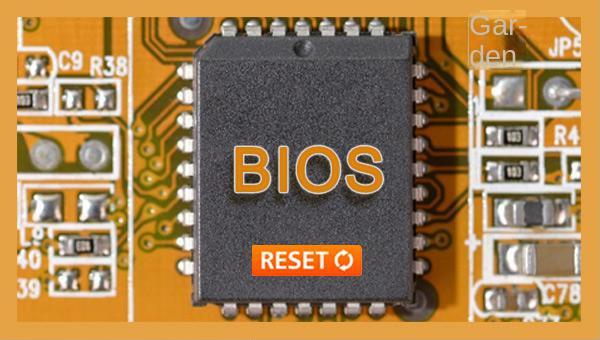
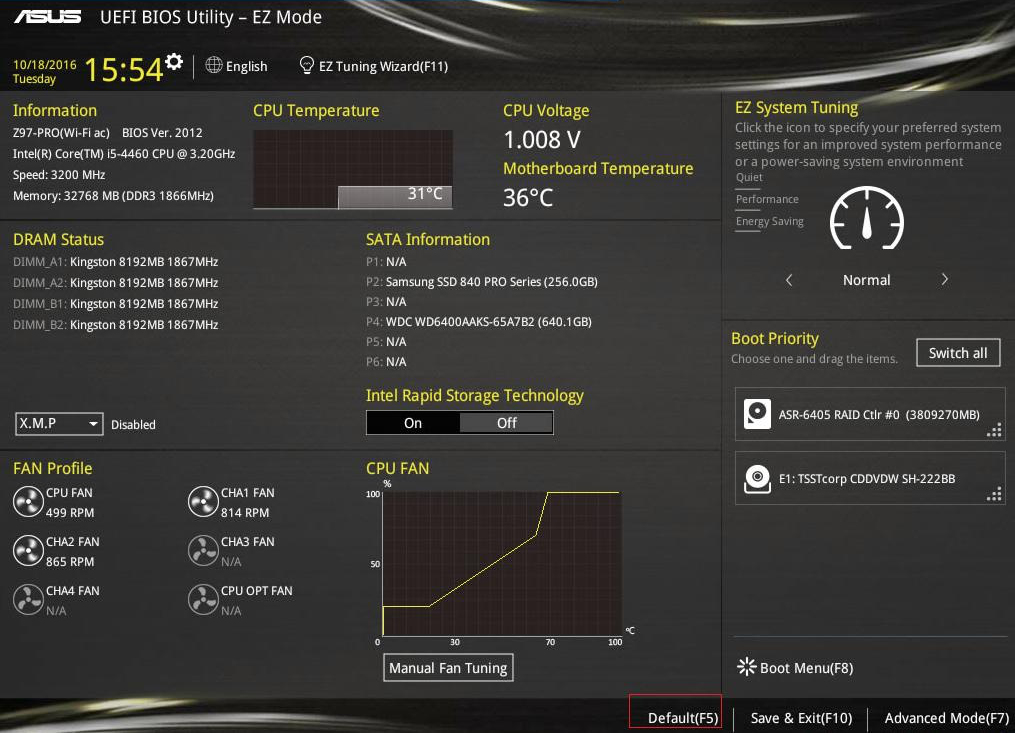
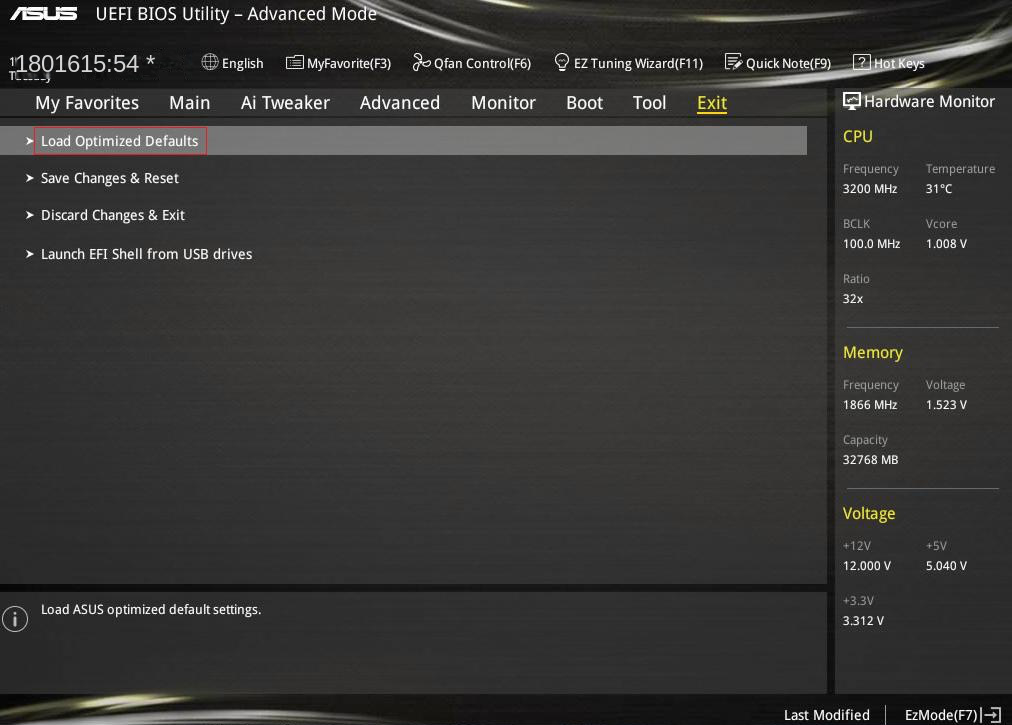
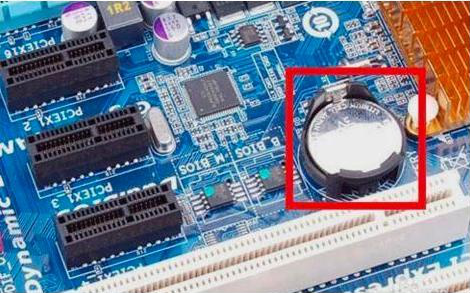
Note: The anode of the button battery is up, that is, the side with the “+” sign is up.
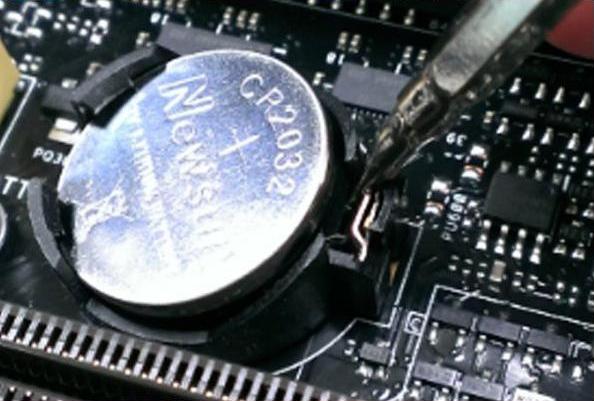
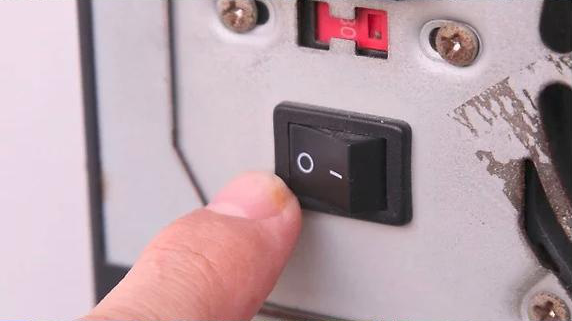

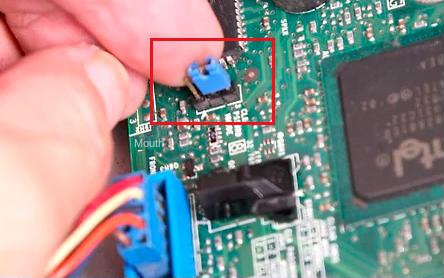
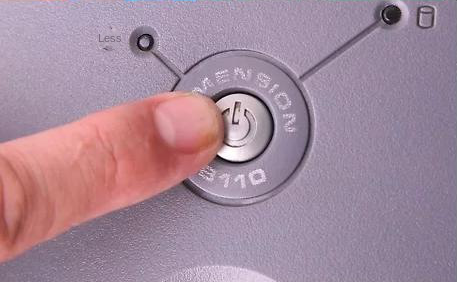
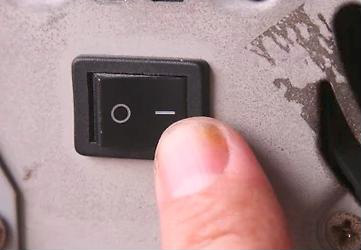

Easy to use 3 steps to transfer the files.
Transfer the files Transfer the important files of the computer without system.
Preview the files Preview the files while transferring the data.
Multifuctional Data recovery, Windows password reset, bootable problem recovery can be run without system.
Highly compatible Windows 10/8.1/8/7/XP/Vista. Also supports UEFI boot mode.
Easy to use 3 steps to transfer the files.
Transfer the files Transfer the important files of the computer without system.
Preview the files Preview the files while transferring the data.
Free TrialFree TrialNow 2000 people have downloaded!Please select the (Create a Live USB) option under “Step 1: Select creation method” in the main interface.
Note: Before performing this operation, please make sure that the important files in the USB disk have been saved in other locations because the operation will delete all the data in the USB disk.
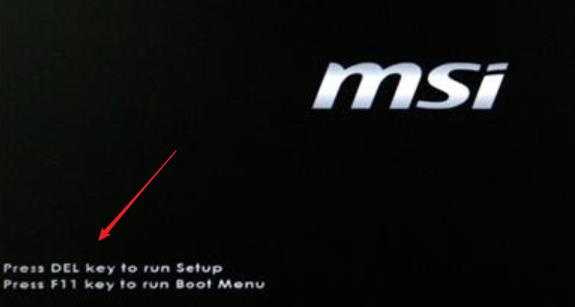
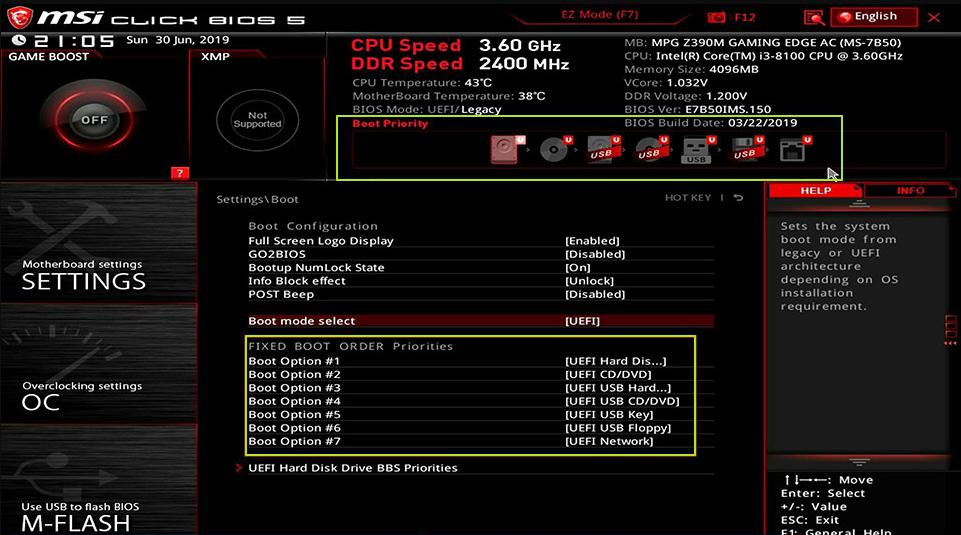
Transferring data is a simple process that can be done with ease. For instance, if you wish to transfer data from the C drive to the G drive, simply select the C drive on the upper left, followed by the G drive on the upper right. Then, choose the desired files from the C drive and click on the Copy function button in the middle. This allows for a smooth transfer of disk data. In case you need to delete a file, you can select it and click on the (Delete) button in the middle. However, please note that this action cannot be undone, so proceed with caution.
Relate Links :
Fix GPT Partition Style Error When We Install Windows on Selected Disk
15-01-2024
Ashley S. Miller : Learn how to fix the error "Windows cannot be installed to this disk. The selected disk is of...
A Step-by-Step Guide for Mastering Bootsect on Windows
28-07-2023
Jennifer Thatcher : Learn about Bootsect.exe program including its definition, scope of use, and how to use it. Also, discover how...
What to do if F8 is not working for safe mode on Windows 7 or 10?
10-10-2023
John Weaver : Learn how to enter safe mode on Windows computer when the F8 key doesn't work. Safe mode can...
What's the definition and the function of SFC Command?
22-01-2024
Amanda J. Brook : Learn how to use the SFC command to repair system failures in Windows. Also, transfer or recover important...



